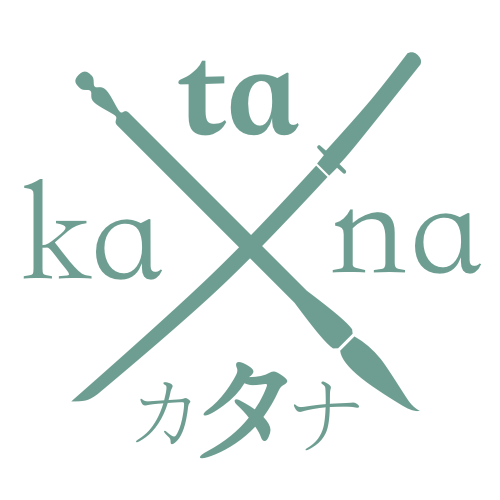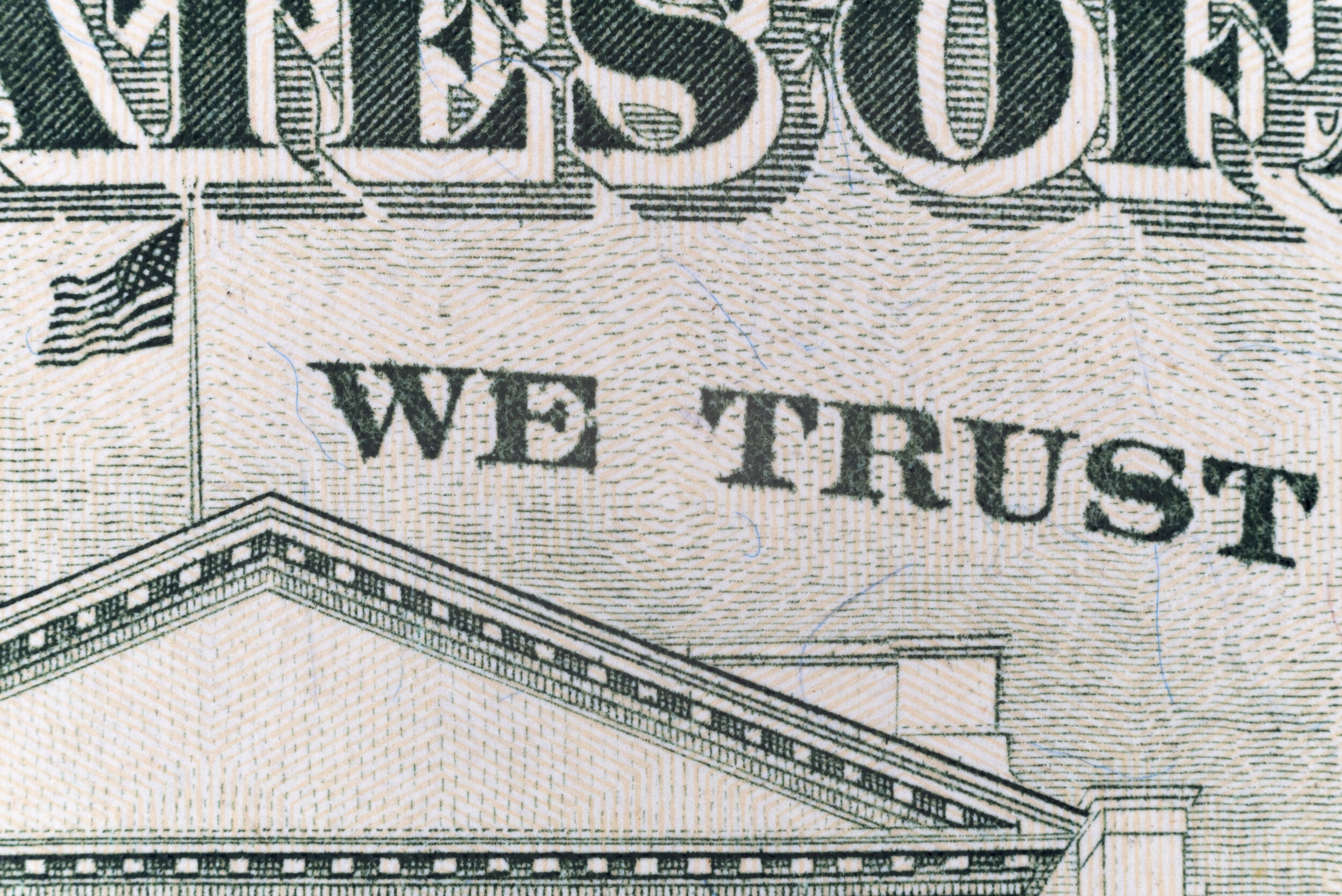The Trust Revolution
/The age of information is upon us. This has been both a blessing and a curse. What happened to our long-term memory and our attention span? What happened to being able to trust the news anchor on TV?
We live in an era of deep fakes and hyper-realistic computer simulations. An age where fact-checking is a bygone art, replaced by something like proof of attention.
But somewhere beyond the noise, we know that society needs trust and truth. There’s no way that a single person can become an expert on all topics or a specialist in all disciplines. It’s been that way since the agricultural revolution. As we enter the fourth industrial revolution, these trends are accelerating like never before.
Issues with trust and truth are deep ones that get more complicated as time passes. In fact, an entirely new vocabulary has arisen around the topic. Truthiness, Alternative Facts, Deep Fake, Simulation, Plausible Deniability, Instagram Reality, Filter Bubble, Real Donald Trump, Fake News, Phishing Scam, Crowds for Hire, Counterfeit Money, Antitrust, and the list goes on.
Dealing with this has not been easy for any of us. But when it comes to software, solutions need to be explicit. For example, how do you know what time it is? You’re probably looking at your smartphone or the clock on your computer. But how does a computer know what time it is? It turns out this matter is nontrivial.
Bitcoin has a clever solution to this problem that involves “stopping time” once every ten minutes or so. Then, a block is created from the valid mempool transactions that will provide the most economic benefit to the miner that discovered it. This new block is broadcast to the network and if the block is valid, miners around the world will accept it and arrive at what’s called “Nakamoto Consensus,” that is to say, the longest chain is the valid one.
This timestamping process may not seem like a big deal, but it comes back to trust once again. How do I know that the Bitcoin you just sent me wasn’t already spent? Logically, if two transactions try to spend the same Bitcoin, then only one of these transactions must be valid. This is called the double-spend problem and a timestamping blockchain is the ideal solution to prevent it. Once Bitcoin is spent, the ability to spend it again is transferred to the new owner. But without a source of ground truth about what time it is, how can you determine the order of blocks containing the transactions?
Bitcoin is full of simple and yet elegant solutions like this. These solutions ensure that each UTXO (unspent transaction output, the actual Bitcoin) can be traced back to its origin. They enforce the hard limit on the number of BTC in circulation, which will not exceed 21 million. In contrast, think about the task of trying to determine how many US dollars are in circulation. Are we talking about M0, M1, M2? How do we know how many bills in circulation are fake? And perhaps the most daunting question of all, how can anyone determine the size of the Eurodollar market? Once a US Dollar leaves American soil, it’s no longer bound by domestic banking regulations. Jefferey Snider calls the Eurodollar the world’s reserve currency, not the US Dollar. If determining the exact number of dollars in circulation is not possible, and determining the number of Eurodollars is even worse, then what happens when we project this forward in time? Will this problem get better?
For these reasons and many others, I believe that all currencies will eventually become digital currencies. Countries around the world are in a race towards this goal as we speak. But beware, because these new digital currencies are not free and open like Bitcoin. They will come at a cost. What will the cost be exactly? We don’t know. But I would venture to guess that the answer has something to do with less freedom, less privacy, and no guarantee about the amount that will be digitally minted.
Bitcoin is a different animal. It comes from the wilds of the last frontier, the internet. It gets attacked every day and, in every way, imaginable. There’s the “criminal use case” attack. Interestingly, Pandora’s box was opened when we created currency, not when we created Bitcoin. When money is introduced to monkey tribes, the first thing they invent is strong-armed robbery, followed by prostitution. Sound familiar? But we haven’t done away with money, and I don’t see the idea of value transfer as one that will be sunset any time soon.
We could go on and on about these attacks on free and open money, decentralized stores of value, etc. (which I don’t mind doing when it’s appropriate). But that would be missing the big picture. The big picture is that we have for the first time a way to store value in a digitally native asset. That asset can act as a form of money. The money can be sent or received anywhere in the world where there’s an internet connection. I’m talking about Bitcoin here, but that does not mean that other technologies will not emerge in the future or might not become more significant over time. One such example is the ability to write smart contracts on other blockchains, like Ethereum and have a reasonable degree of certainty that it will be executed as written. Or to even transmit Bitcoin over the Ethereum blockchain or use that wrapped BTC to anchor the value of another platform or even currency.
If you think about it, we have good reason to trust open-source software over closed-door fed meetings. We have good reason to trust the science of cryptography over the promises made by politicians. Is it any wonder then, that Bitcoin is front and center in the trust revolution?
The trust revolution is about putting trust at the base of the pyramid. This is completely upside-down from the way things work now, where trust is assumed because verification is simply impossible. If you go far enough down the rabbit hole, you will eventually find that the emperor has no clothes and that the great Oz is simply an old man behind a curtain. What comes next could shake the world to its very foundation. And I think it all starts and ends with trust. The trust that comes from knowing, not from being forced to comply.
That’s why we say, “don’t trust, verify.”


